Introduction
The DJI Phantom 3 Standard (Model: Phantom 3 Standard, FCC ID: SS3-WM3211503) has become a benchmark in consumer aerial photography drones, offering remarkable performance, intuitive controls, and advanced features at an accessible price point. Engineered by DJI, a global leader in drone technology, the Phantom 3 Standard is designed to deliver high-quality aerial imagery and reliable flight performance. Certified under FCC ID SS3-WM3211503, this drone meets stringent US electromagnetic interference (EMI) and radio frequency (RF) emission standards, ensuring its legality for sale and operation within the United States.
This comprehensive blog post offers an insightful deep dive into the Phantom 3 Standard’s specifications, key features, internal hardware analysis, and regulatory compliance details. We’ll explore the drone’s standout technologies, examine its internal components through detailed teardown analysis, and discuss its practical applications and user scenarios.
Key Features & Specifications
The DJI Phantom 3 Standard packs a robust set of features designed to ensure an enjoyable and reliable flying experience:
Key Features:
- Integrated Camera Gimbal: Ensures smooth, stabilized video and clear photography even during dynamic flight.
- Flight Status Indicators: Clearly communicate drone status, enhancing situational awareness.
- Return-to-Home (RTH) Functionality: Includes Smart RTH, Low Battery RTH, and Failsafe RTH, significantly improving flight safety.
- Next-generation Flight Controller: Advanced flight controller with built-in flight recorder enhances reliability, safety, and flight performance.
- DJI Intelligent Flight Battery: High-capacity 4480 mAh battery ensures longer flight durations.
- Intelligent Orientation Control (IOC): Simplifies flight control, helping beginners orient the drone easily.
Technical Specifications:
- Battery Voltage: 15.2 V, offering efficient power distribution.
- Battery Capacity: 4480 mAh, ensuring extended flight times.
- Battery Safety Features: Short circuit protection, automatic discharge after 10 days idle (below 65%), over-discharge protection at 12 V, overcharge protection, and overcurrent protection above 8 A.
- Camera: Captures crisp 1080p video and vivid 12-megapixel still images.
- Wireless Communication: Built-in Wi-Fi extender operating at 2.4 GHz, ensuring robust connectivity.
- Bluetooth: Present (specific details not disclosed).
Operating Frequencies:
| Frequency Range (GHz) | Output Power (mW) | FCC Rule Part |
|---|---|---|
| 2.412-2.462 | 582 | 15CMO1 |
Technology Deep Dive
The DJI Phantom 3 Standard utilizes Wi-Fi and Bluetooth technologies to facilitate seamless communication between the drone, remote controller, and mobile devices. Operating primarily in the 2.4 GHz band, the drone delivers stable connectivity ideal for video streaming and command transmission. The 2.4 GHz frequency band is widely used for Wi-Fi communication, offering a good balance between range and data throughput. However, this band can be prone to interference from other Wi-Fi devices, potentially affecting range and video streaming quality in densely populated areas.
DJI’s implementation of Bluetooth further simplifies initial device pairing and peripheral connectivity. The drone’s wireless system is optimized to balance signal strength, coverage, and battery efficiency, ensuring reliable control and effective power management.
In-Depth Internal Component Analysis / Teardown
The Phantom 3 Standard’s central PCB features a sophisticated multi-layer design, likely 4 to 6 layers, accommodating high-density, high-performance components. Dominated by a central processor—likely an ARM-based MCU—this PCB integrates critical flight control functionalities. Metal EMI shields protect sensitive RF and processing circuits, while robust power management components such as inductors and capacitors ensure stable power delivery. Its modular design supports efficient heat dissipation, essential for drone reliability.
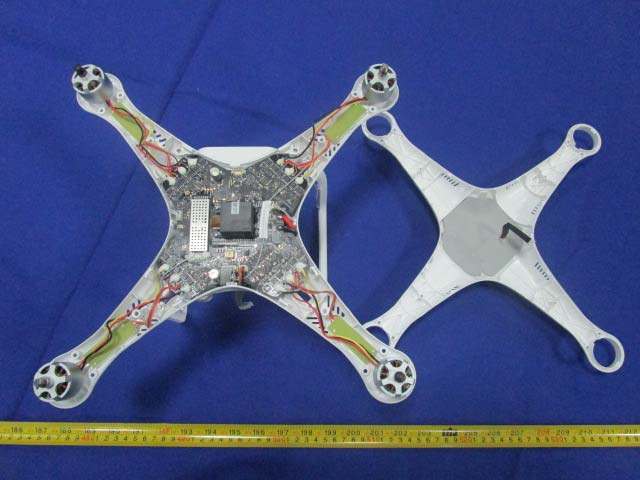
A closer inspection reveals a DJI-branded central IC, likely the drone’s primary flight control SoC. Smaller ICs around it indicate functionalities like motor control and sensor integration. The black PCB, indicative of high-quality FR4 material, demonstrates a compact layout optimized for minimal latency and signal integrity. External antenna connections via JST connectors ensure robust Wi-Fi communication, while onboard LEDs provide clear status indications.
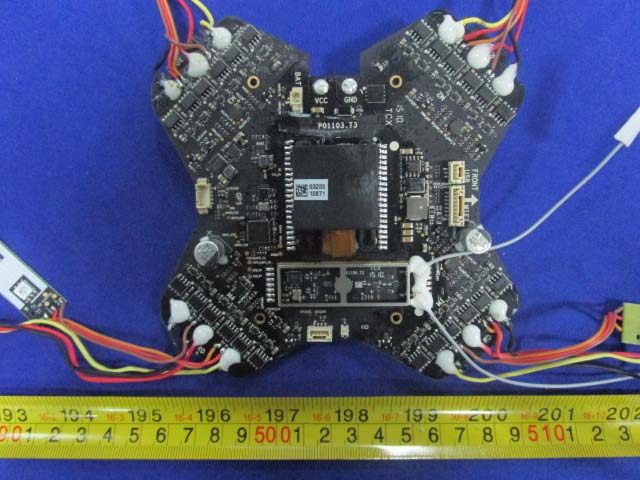
The GPS module prominently features a u-blox NEO-6Q chipset, known for its exceptional sensitivity and low power consumption—ideal for drone positioning tasks. The circular PCB design suggests optimized integration within the drone’s housing. Shielded by metal EMI cans, the module ensures reliable GPS performance, essential for accurate positioning and stable flight.
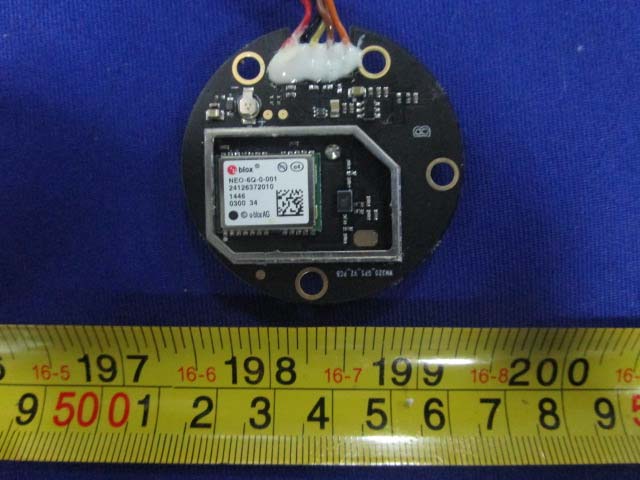
Another GPS-focused PCB again highlights the u-blox NEO-6Q chipset, emphasizing DJI’s commitment to precision navigation. The compact layout, minimalistic interface connectors, and integrated crystal oscillator underline a design focused on reliability and accurate timing, crucial for drone navigation.
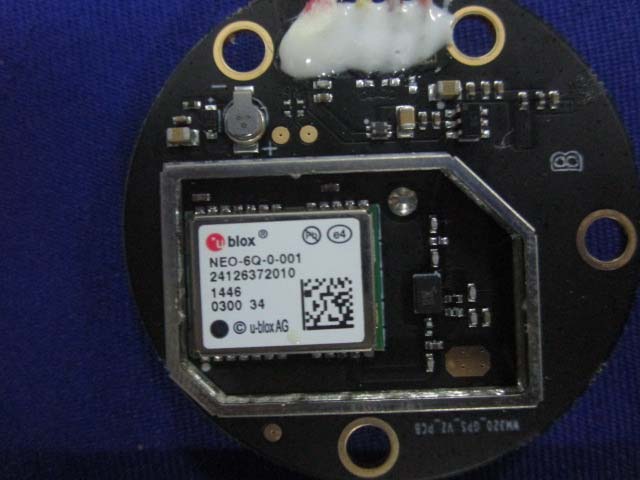
A simpler PCB hosts two high-brightness LEDs, likely serving as status indicators or illumination modules. The straightforward layout and minimal passive components suggest a dedicated, reliable lighting solution designed for clear in-flight visibility.
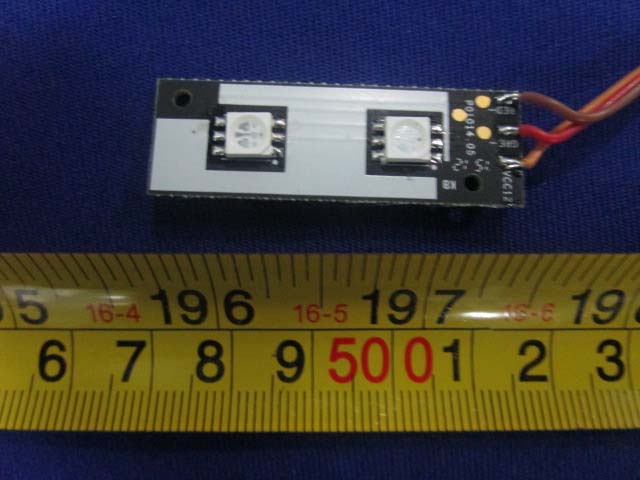
The imaging sensor PCB, featuring a central image sensor, underscores DJI’s emphasis on high-quality photo and video capabilities. Its compact design and secure mounting points ensure stable, accurate image capture, critical for aerial photography.
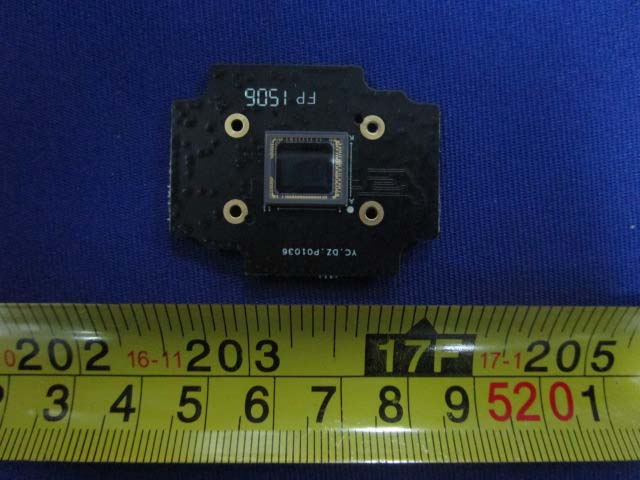
An intricate PCB layout reveals multiple ICs, including microcontrollers and RF transceivers protected by metal shielding. High-density component placement, differential pair routing, and impedance-controlled traces indicate sophisticated design choices aimed at minimizing interference and maximizing performance.
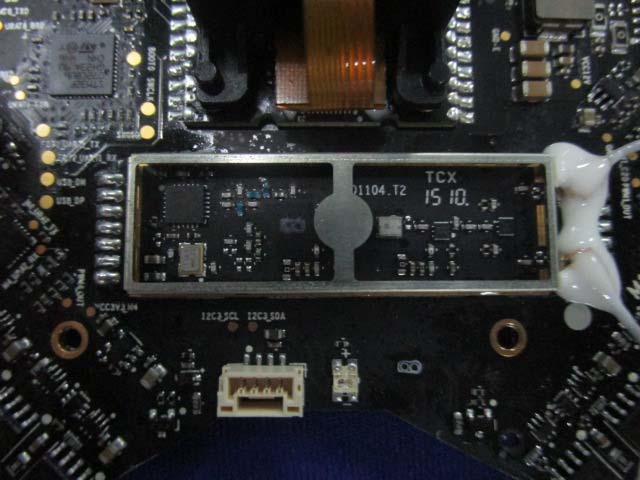
Regulatory Insights & FCC Filing
FCC ID SS3-WM3211503 certifies that the DJI Phantom 3 Standard complies with US regulatory standards for electromagnetic interference (EMI) and radio frequency (RF) emissions. This compliance ensures that the drone is safe and legal for sale and use within the US market. FCC filings typically include test reports for RF exposure, electromagnetic compatibility (EMC), internal and external photographs, user manuals, schematics, and block diagrams. Such documentation provides transparency about the drone’s operational parameters, safety standards, and compliance with federal regulations.
Potential Use Cases & Target Audience
The DJI Phantom 3 Standard’s combination of intuitive controls, stabilized imaging, and reliable flight performance makes it ideal for:
- Hobbyist Aerial Photographers: Users seeking to capture stunning landscapes, events, or recreational footage benefit from its stabilized 1080p video and 12 MP stills.
- Real Estate Professionals: Agents can capture high-quality aerial imagery to showcase property features and surrounding areas effectively.
- Educational Purposes: Institutions aiming to introduce students to UAV technology benefit from its accessibility, ease of use, and robust safety features.
Conclusion
The DJI Phantom 3 Standard (FCC ID SS3-WM3211503) stands out as an accessible yet advanced consumer drone, adept at delivering high-quality aerial content and reliable flight performance. Its FCC certification underscores its compliance with critical safety and regulatory standards, making it a trustworthy choice for enthusiasts, professionals, and educational institutions alike. With its blend of sophisticated internal design, intuitive features, and stable wireless connectivity, it remains a strong contender in the consumer drone marketplace.